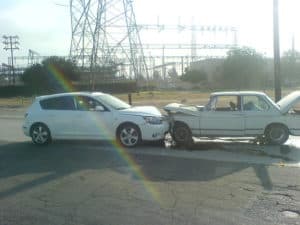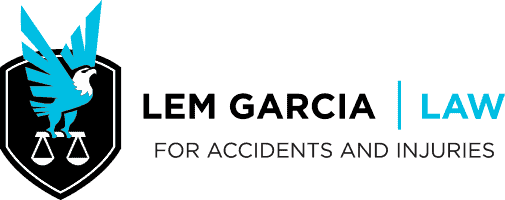What you need to know about california hit-and-run laws
Car accidents are unfortunate events for all parties involved. There can be significant vehicle damage, injury, and even death in certain cases. In most situations, the person or persons who caused the accident stop to help the other parties involved, call authorities, and exchange insurance information. However, hit-and-runs are different. In these situations, the person who caused the accident flees the scene, leaving the victim with a damaged vehicle and sometimes an injury.
If you’re the victim or perpetrator of a hit-and-run in the West Covina area, it’s important to learn about California’s hit-and-run laws to determine the steps you need to take.
How Does California Define a Hit-and-Run?

The state of California defines a hit-and-run by identifying a few key factors of the incident:
- When the perpetrator leaves the scene of the accident.
- When they do not state their identity to the victim or present parties.
- When they cause damage to another person’s property.
- When they cause injury to the victim of the accident.
- When someone’s actions on the road cause other drivers to get into an accident with one another.
- When the victim of an accident leaves the scene before the authorities arrive, even though they didn’t cause the incident.
How Does California Classify a Hit-and-Run?
The way that the state of California classifies a hit-and-run depends on the outcome of the incident:
- If the perpetrator of the hit-and-run damaged the victim’s property, such as their car, then the state classifies the incident as a misdemeanor.
- If the perpetrator of the hit-and-run causes injury or death, then the state classifies the incident as a felony.
It is important to note that prosecutors can charge perpetrators with both a misdemeanor and felony charge depending on the severity of the accident, the amount ofdamage, and the extent of the victim’s injuries.
How Are Perpetrators Charged Based on the Classification of the Hit-and-Run?
Here are several ways that the state of California administers a hit-and-run punishment based on its classification:
Misdemeanors
- Two points on a driver’s license.
- Pay restitution to the hit-and-run victim.
- A fine of $1,000 or less.
- Six months in jail.
- Three years of probation.
Felonies
- $1,000 – $10,000 fine depending on damages and injuries.
- Three years or less in state prison for minor injuries.
- Four years in prison if the victim sustained severe injuries or was killed in the hit-and-run.
What to Do If You Are the Victim of a Hit-and-Run
If you are the victim of a hit-and-run, you might be overcome with shock, which is understandable. There are a few simple actions you can take to seek justice immediately following the hit-and-run:
If you return to your parked car to find damage
If you parked your car only to return to find it damaged, do the following:
- If you are in a shopping area, ask to see the security footage.
- Take plenty of pictures of your car and the surrounding area.
- Contact the police. They can help you file a report and gather witness statements, and even collect paint chips as evidence to identify the make and/or model of the vehicle that hit yours.
If you get rear-ended or another vehicle collides into yours
If your car is in motion or stopped at a light when you become the victim of a hit-and-run, do the following:
- Check to see if those in your vehicle are OK.
- If you can, find a safe place to move your car, like the shoulder of the road or a parking lot. If you
- Try to write down a couple of notes about the car that hit you. A license plate, model, unique bumper sticker, or color can be very helpful to police. Identify the direction of the impact so the police can search for vehicles with matching damage.
- Call the police once you are safely parked. Take pictures of your vehicle, the scene of the accident, the road, and any other factors that could be useful.
How to Avoid a Hit-and-Run Charge
If you’re the cause of an accident, it’s important to follow certain steps to avoid hit-and-run charges:
1. Turn your car off
Before you do anything else, make sure you put your car in park and turn the vehicle off. This way, there will be no questions about whether you left. If you are in a dangerous area, be careful when driving your car to the shoulder or other safe area. If the damage is too significant to operate your vehicle, get yourself off of the road as quickly as possible.
2. Exchange details with the other driver
Once you are safely away from the road, exchange the following information with the other driver or parties involved:
- Name.
- Address.
- Phone number.
- Driver’s license number.
- Vehicle registration.
- Insurance information.
- The name and contact details of the car’s owner if you are driving a car that is not your own.
If you damaged any property while the owner was not present, you need to leave your information for them to contact you. This property could include unoccupied parked cars, mailboxes, or lawn fixtures. You need to leave a note in a visible area that includes your name, contact information, and a brief explanation of what happened.
3. Contact the authorities and make a police report
If either of the parties were injured in the accident, or the damage to a vehicle or personal property is more than $750, the state of California requires that you make a police report. Making a police report, especially if you caused the accident, shows that you acknowledge your responsibility for and involvement in the accident. If you damaged property while the owner was not present, you should also file a police report to back up the note you left.
If you or someone you know has been involved in a hit-and-run incident in West Covina, contact us today. At Lem Garcia Law, we are dedicated to helping you seek justice and get compensation from the injuries you sustain in car-related incidents.


